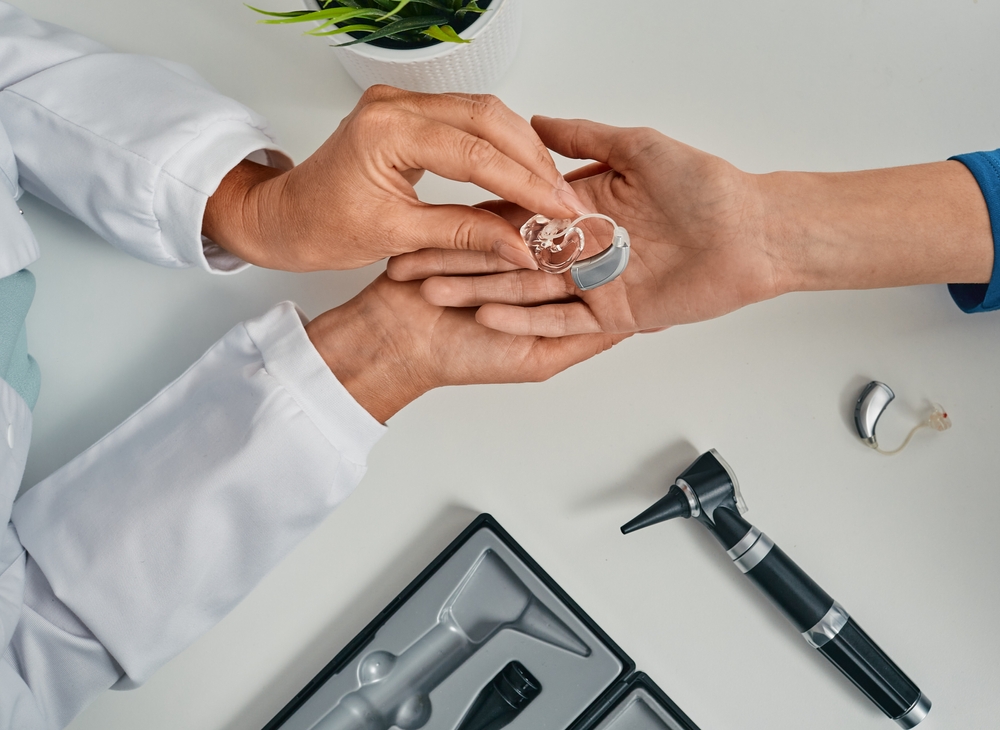
Hearing aids are vital for strengthening day-to-day communication by boosting the clarity of sound. For ideal performance, it’s essential to schedule periodic upkeep and routine professional cleaning sessions. As an outcome of prolonged use, an accumulation of earwax, moisture, and other particles can occur, causing functionality to decline. Identifying when to find professional servicing can help extend the longevity of your hearing aids and maintain optimum performance.
Why it’s valuable to have your hearing aids professionally cleaned
In spite of routine maintenance at home, hearing aids can slowly collect debris that might impact how well they work and the quality of sound they produce. Professional maintenance offers several key benefits:
- Extensive Sanitizing– Thoroughly eliminates obstinate earwax, dust, and moisture that routine cleaning techniques frequently miss.
- Enhanced Performance– Clears obstructions that can cause dampened sound or distortion.
- Improved Longevity – Helps to avoid premature degeneration, thereby reducing the necessity for repairs or replacements.
Getting your hearing aids cleaned by a specialist helps ensure they function at their best, decreasing the likelihood of unexpected malfunctions.
Signs your hearing aids require professional servicing
Not certain if your device is due for a deep clean by a pro? Look out for these obvious indicators that it’s time to call in the experts:
-
- Unclear or Garbled Audio: If voices and background noises appear faint, muffled, or altered, the problem may be caused by blockages, such as earwax or debris, obstructing the device’s microphone or speaker.
- Constant Feedback or Squealing: A squeaky noise at a high pitch (feedback) could indicate a blockage from earwax or a poorly device. A professional cleaning can help eliminate blockages and fine-tune the fit.
- Addressing Volume Issues: When volume adjustments fail to yield the anticipated outcome, it may be necessary to carry out maintenance on internal components or recalibrate the system’s software configurations.
- Moisture-Related Breakdowns: Too much moisture can damage internal components, resulting in sporadic sound loss or malfunctioning buttons. A skilled expert can assess and resolve issues caused by dampness or water damage.
- Noticeable Wax or Gunk Build-up: If you see a considerable buildup of wax or debris on your hearing aids, professional cleaning ensures a more complete removal than at-home care.
What to expect during a professional hearing aid cleaning
A thorough cleaning service not only keeps your devices in good working order but also assures peak performance and efficiency. During the appointment, specialists will:
-
-
- Implement specialized tools to meticulously extract wax, debris, and moisture from sensitive elements without causing harm.
- Verify the proper functioning by examining and repairing any broken components.
- Check software and hardware for any performance problems impacting sound quality.
- Replace any tubing or filters that may be affecting the performance of the device.
-
What is the suggested time frame for setting up professional maintenance?
The frequency of professional cleanings depends on factors including earwax production, humidity levels, and usage practices. Frequently recommended best practices are:
-
-
- Every 3 to 6 months for standard maintenance.
- More frequent cleanings are recommended for people prone to excessive earwax accumulation or those living in humid environments.
- Dealing with small issues quickly can help avoid expensive repairs down the road.
-
Take care of your hearing aids for ideal performance
Regular professional maintenance is essential for maintaining your hearing aids and ensuring clear, high-quality sound.
If distorted sound, echoing, or technical issues are interrupting your experience, it’s likely that a thorough, expert cleaning is in order.
Schedule your hearing aid cleaning and maintenance now.

